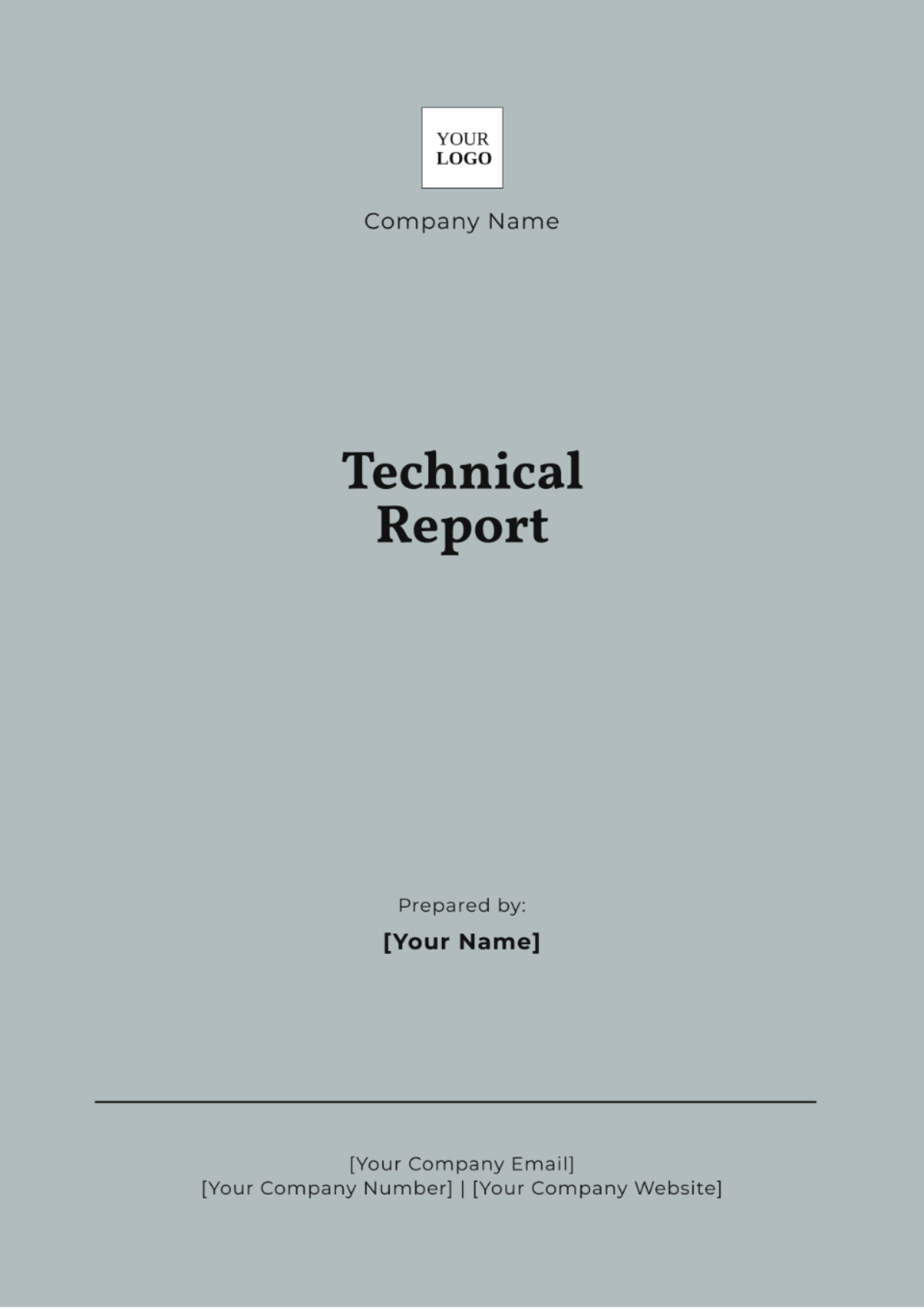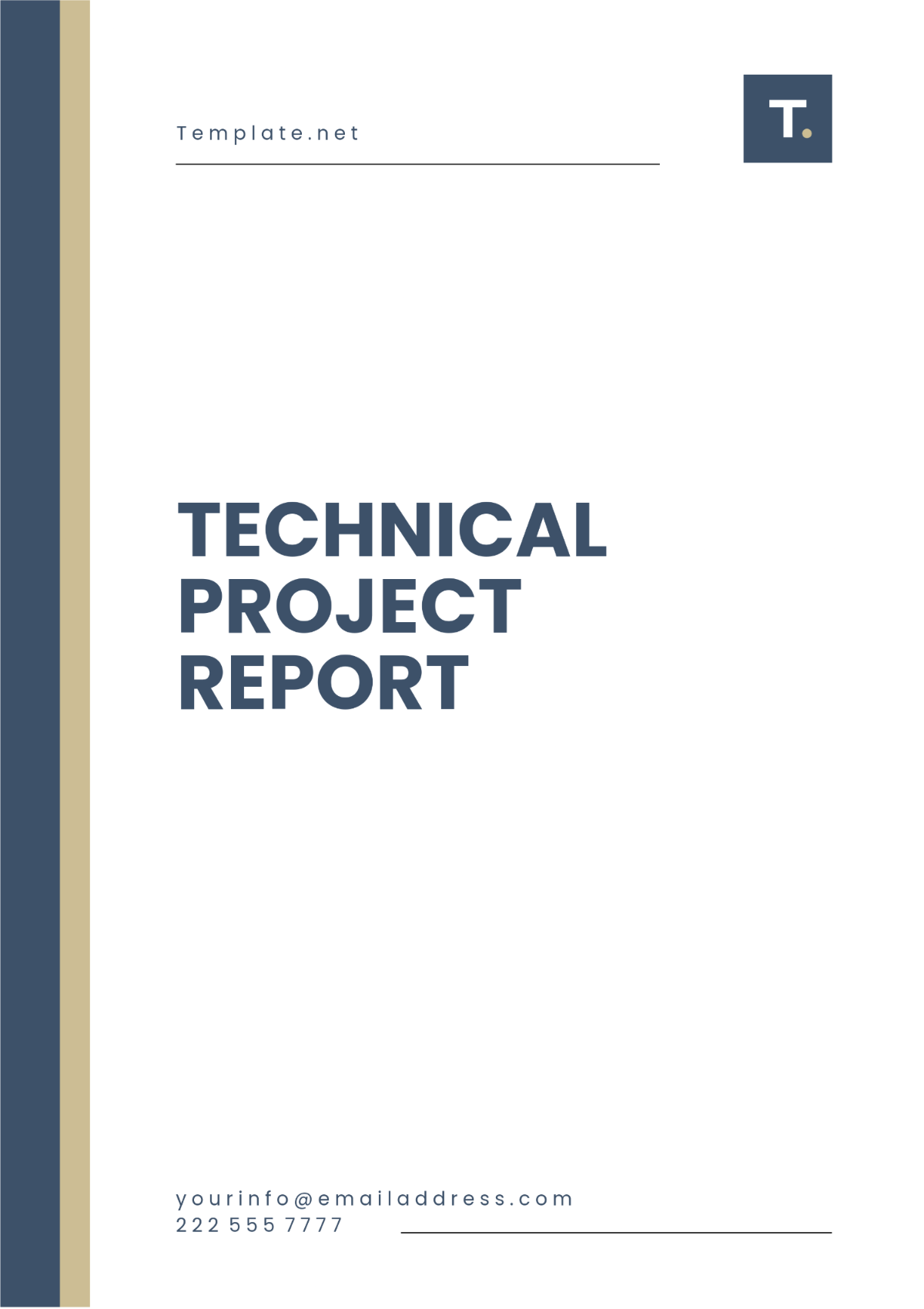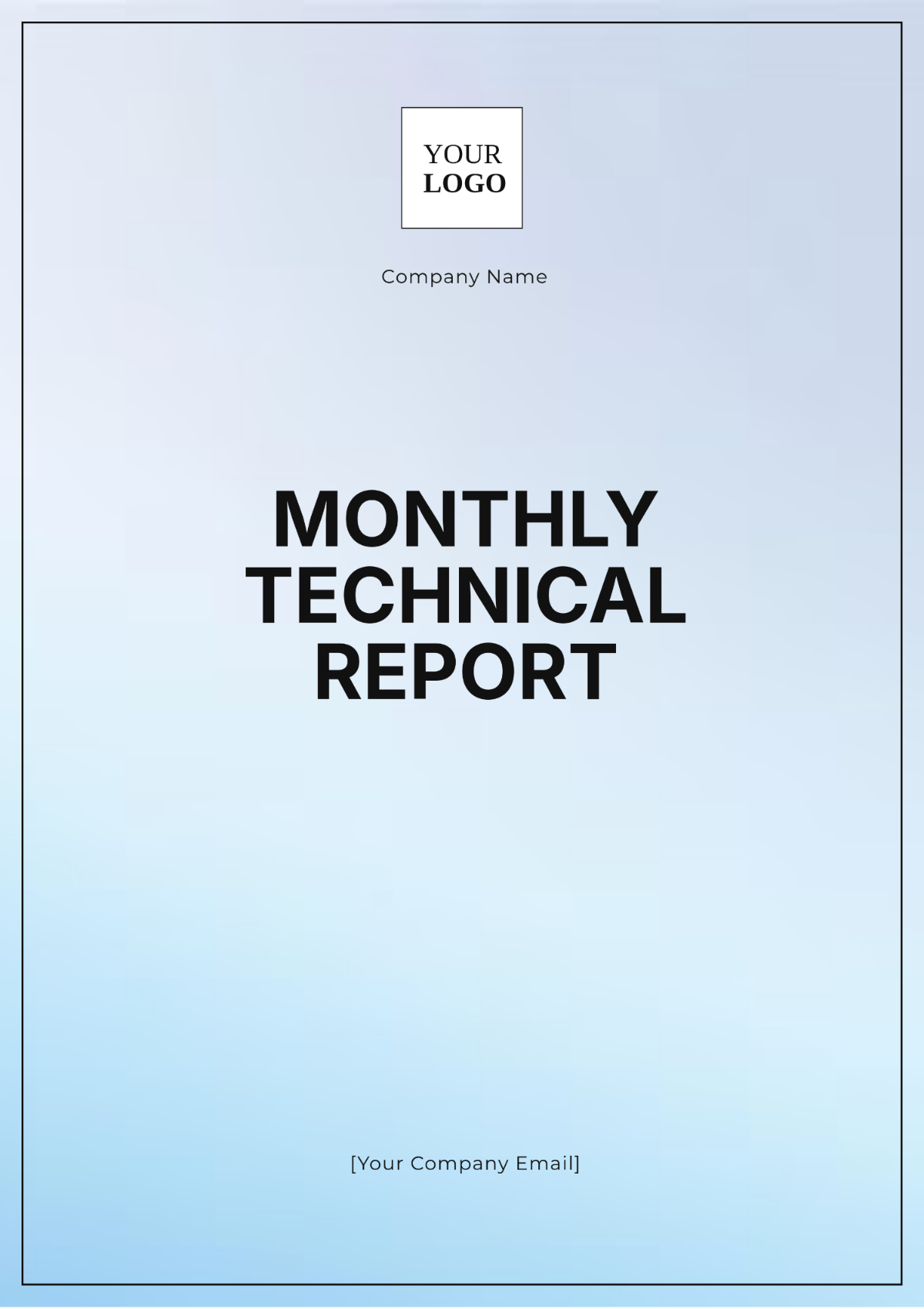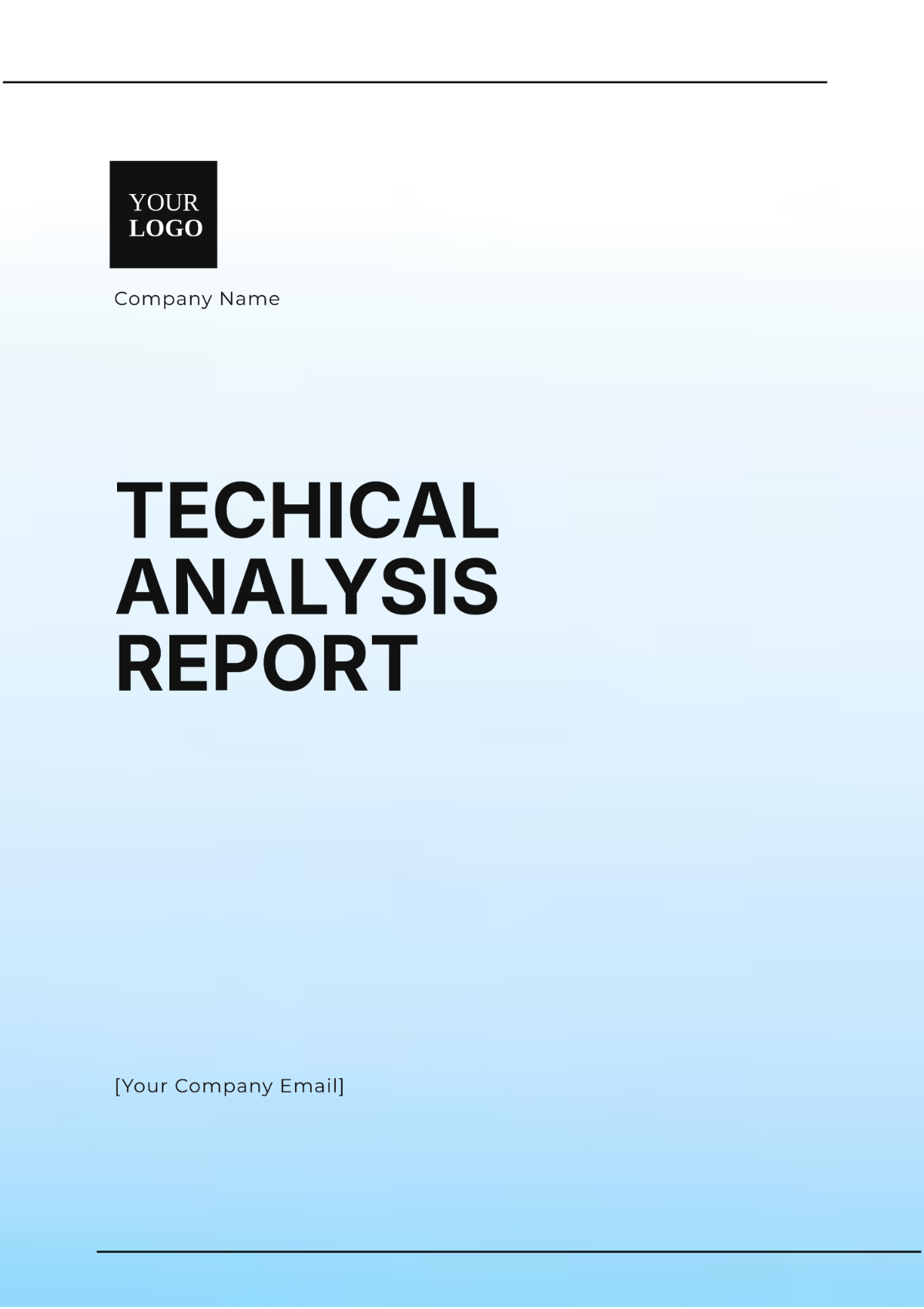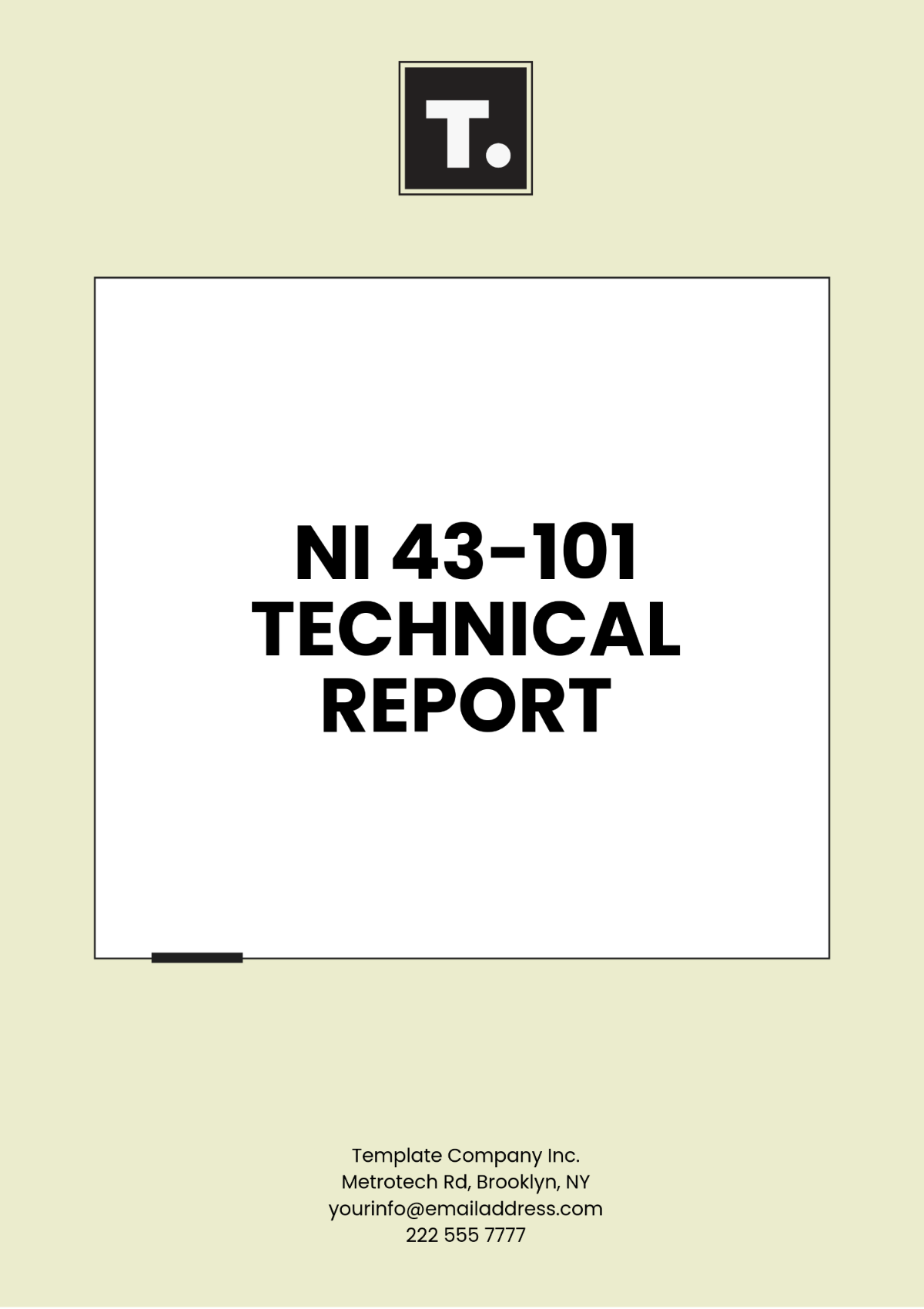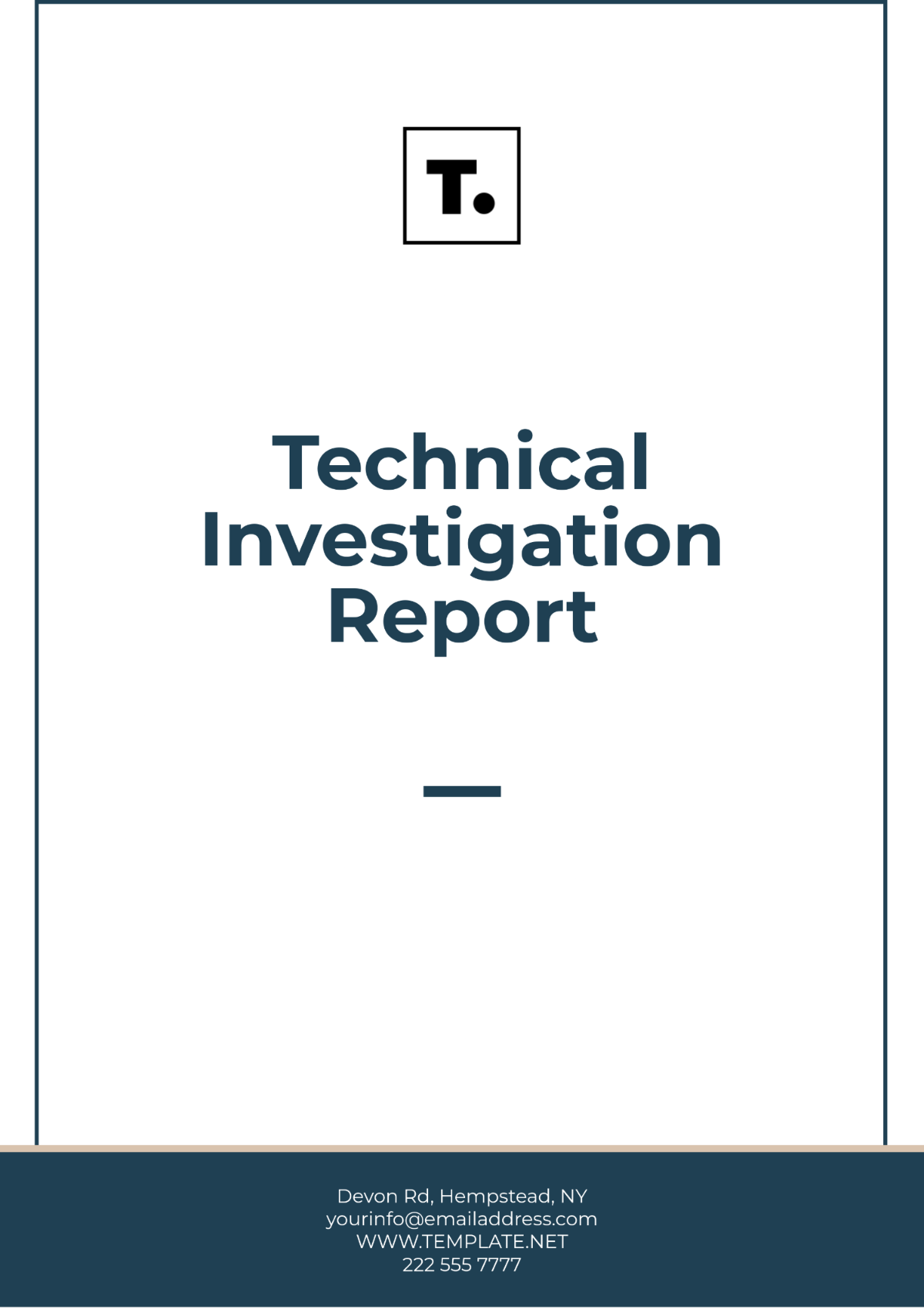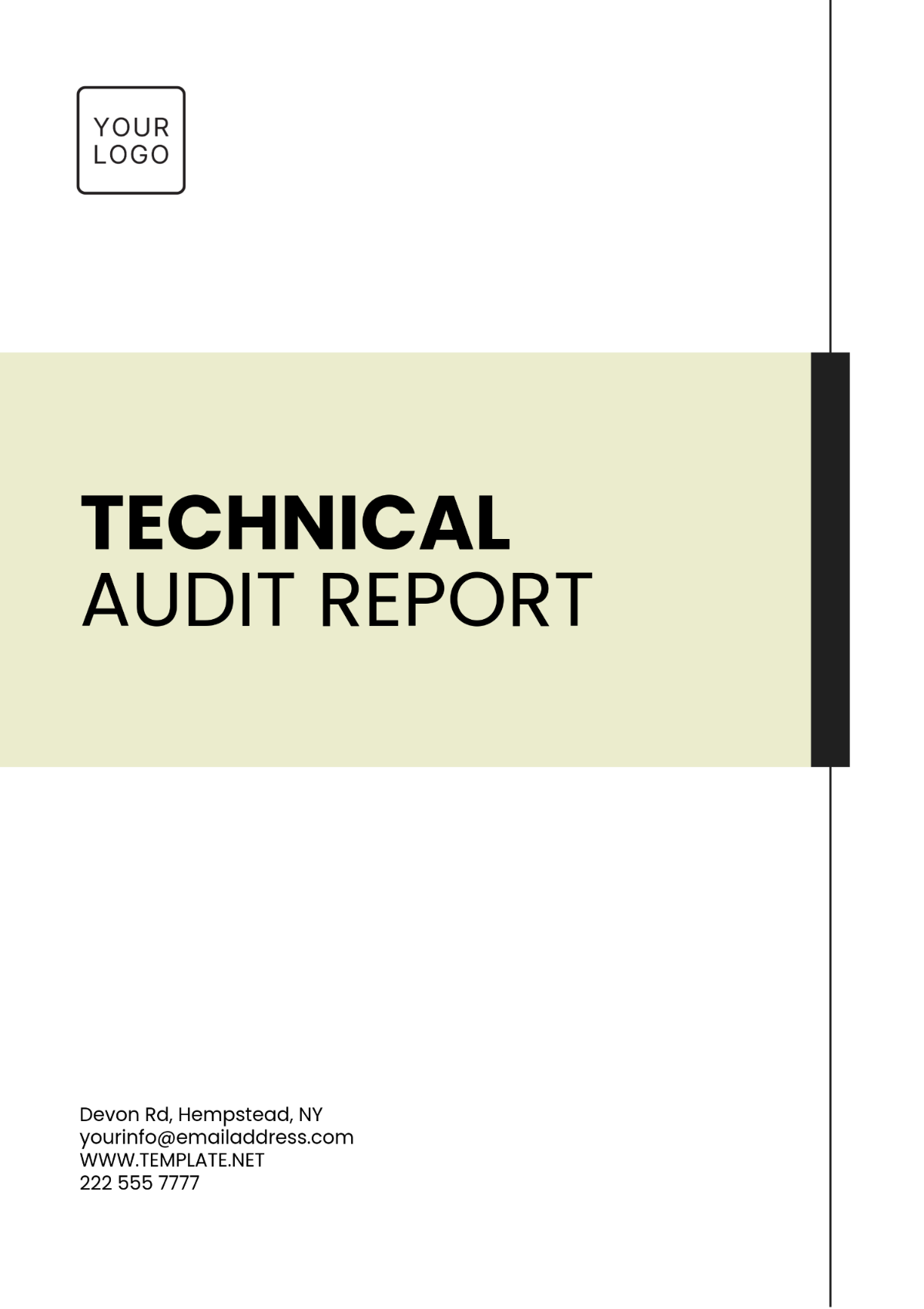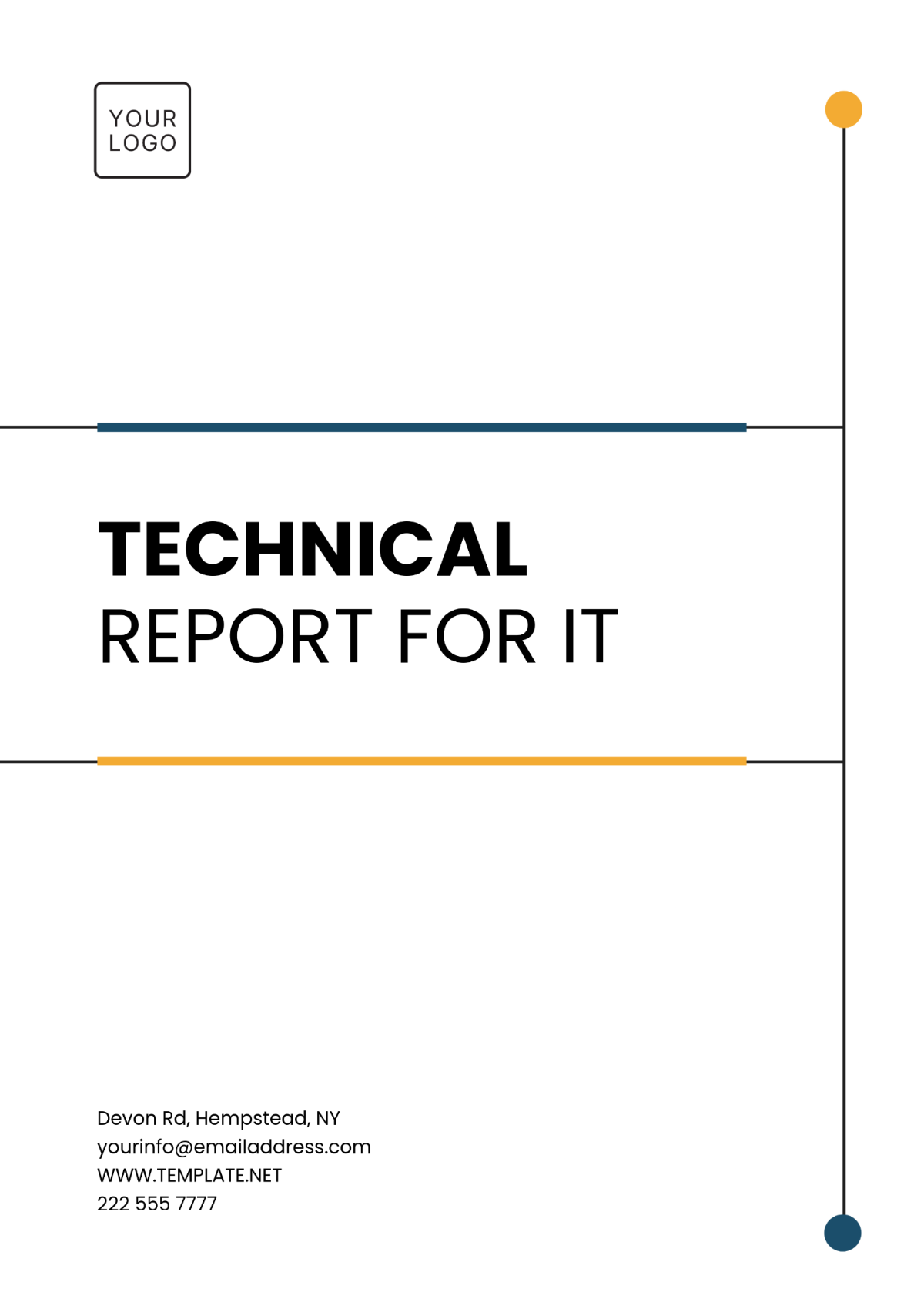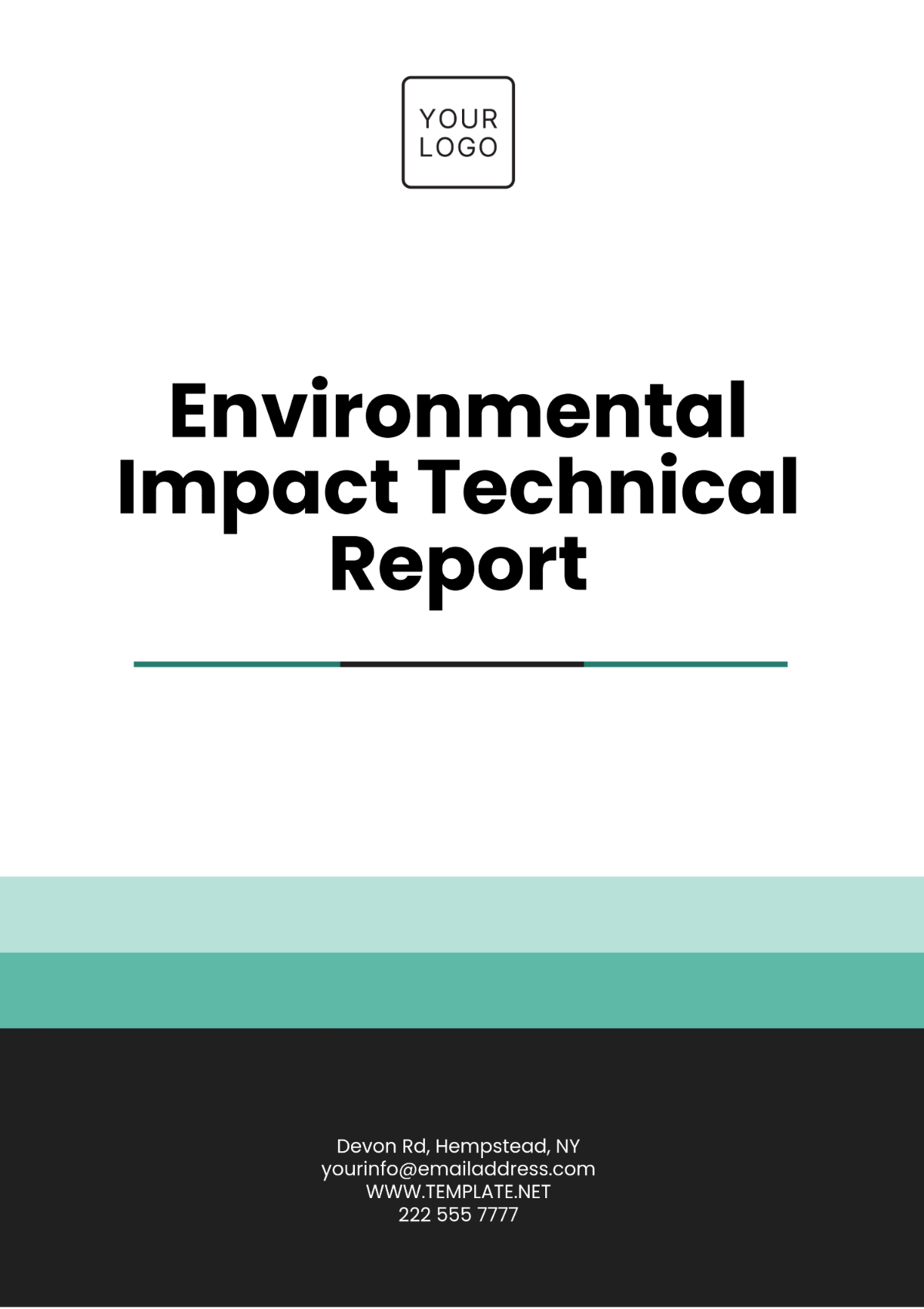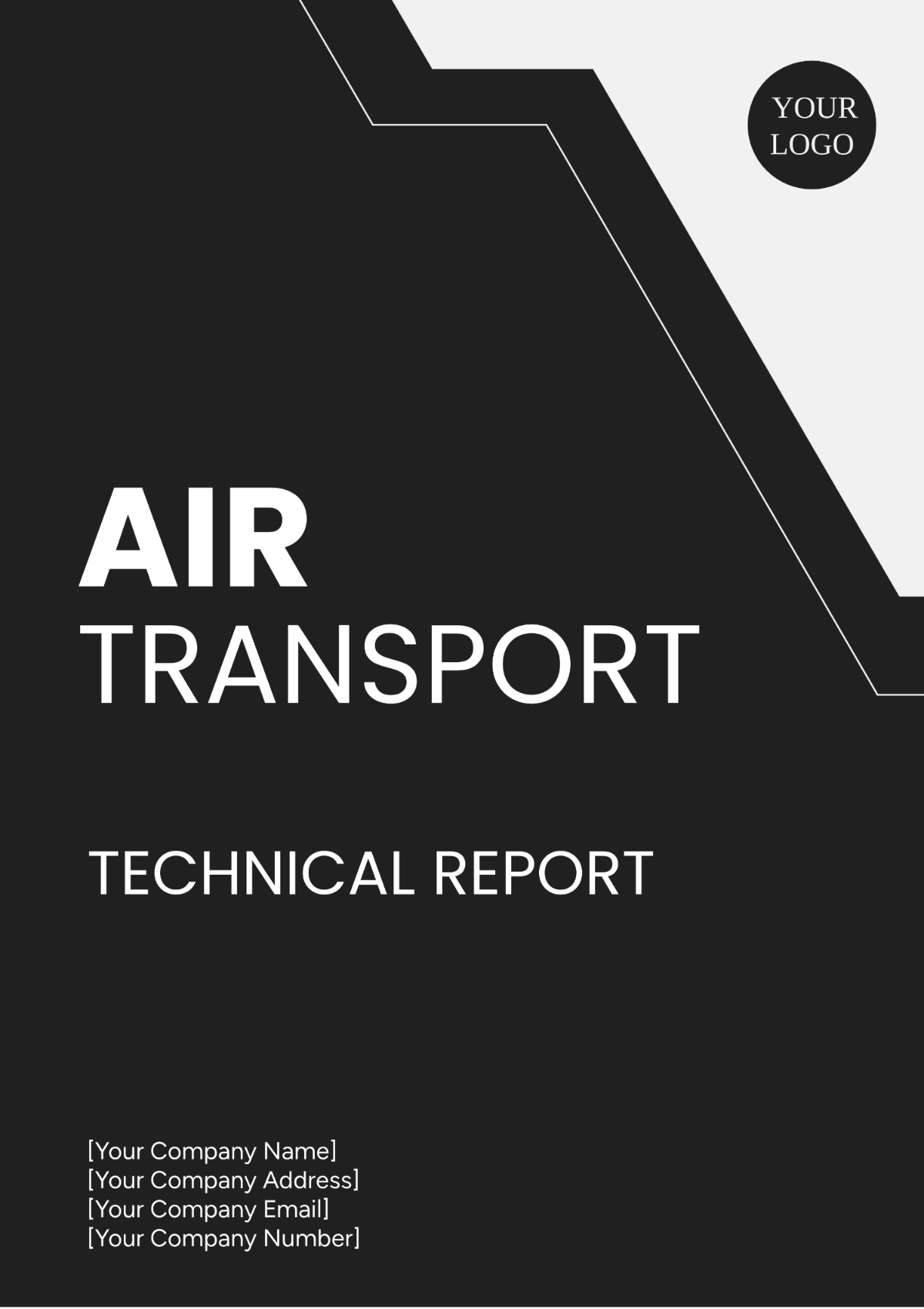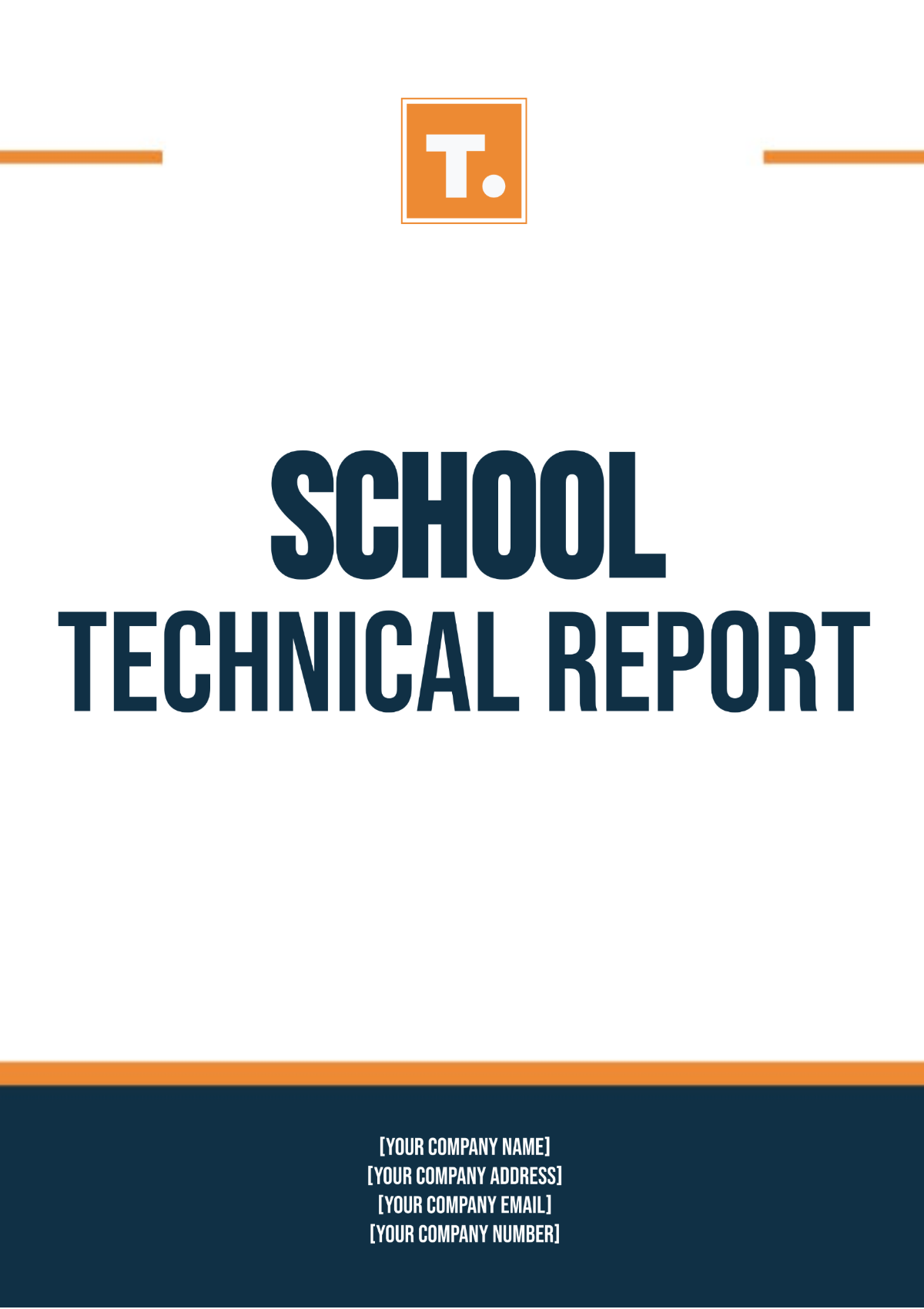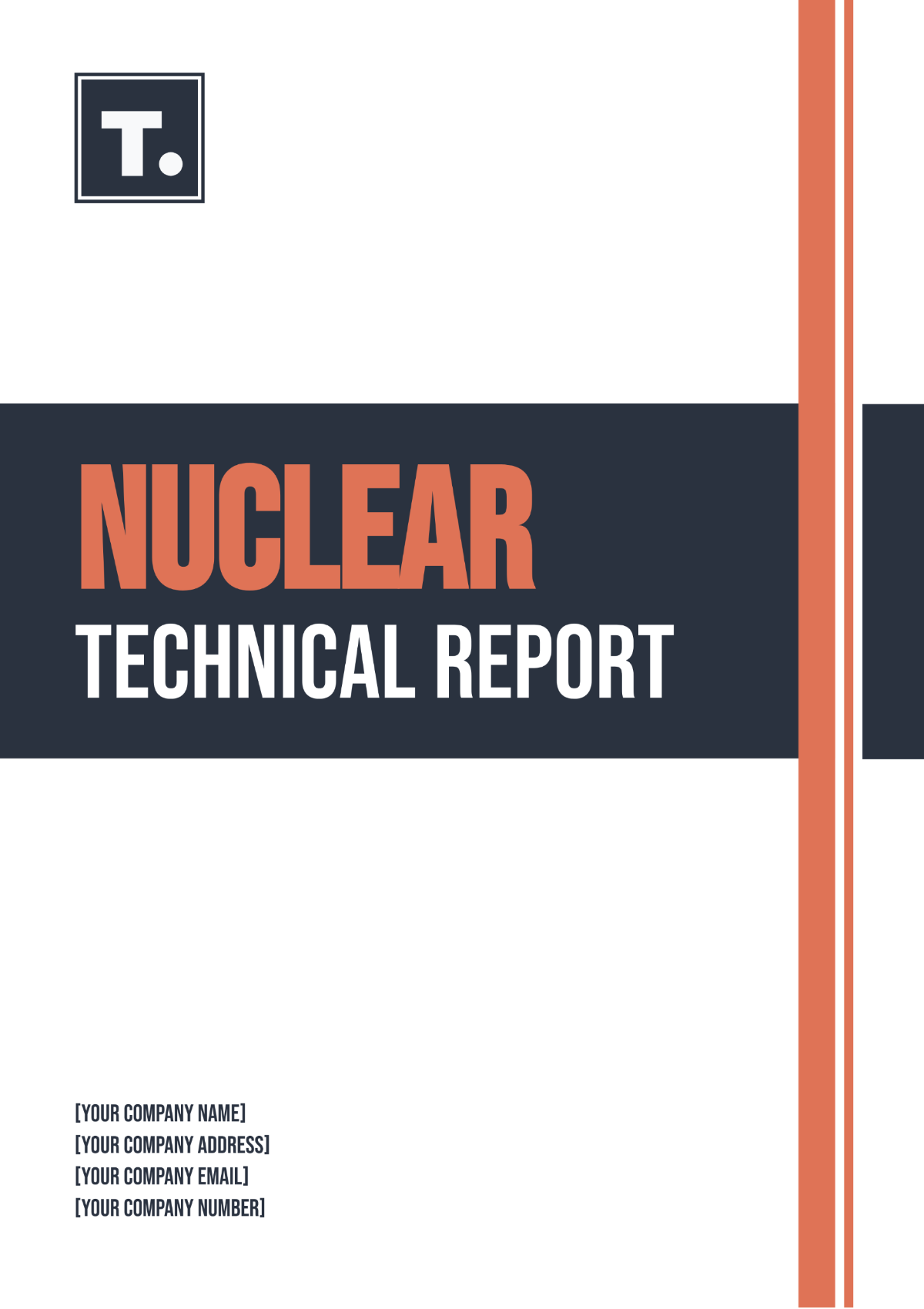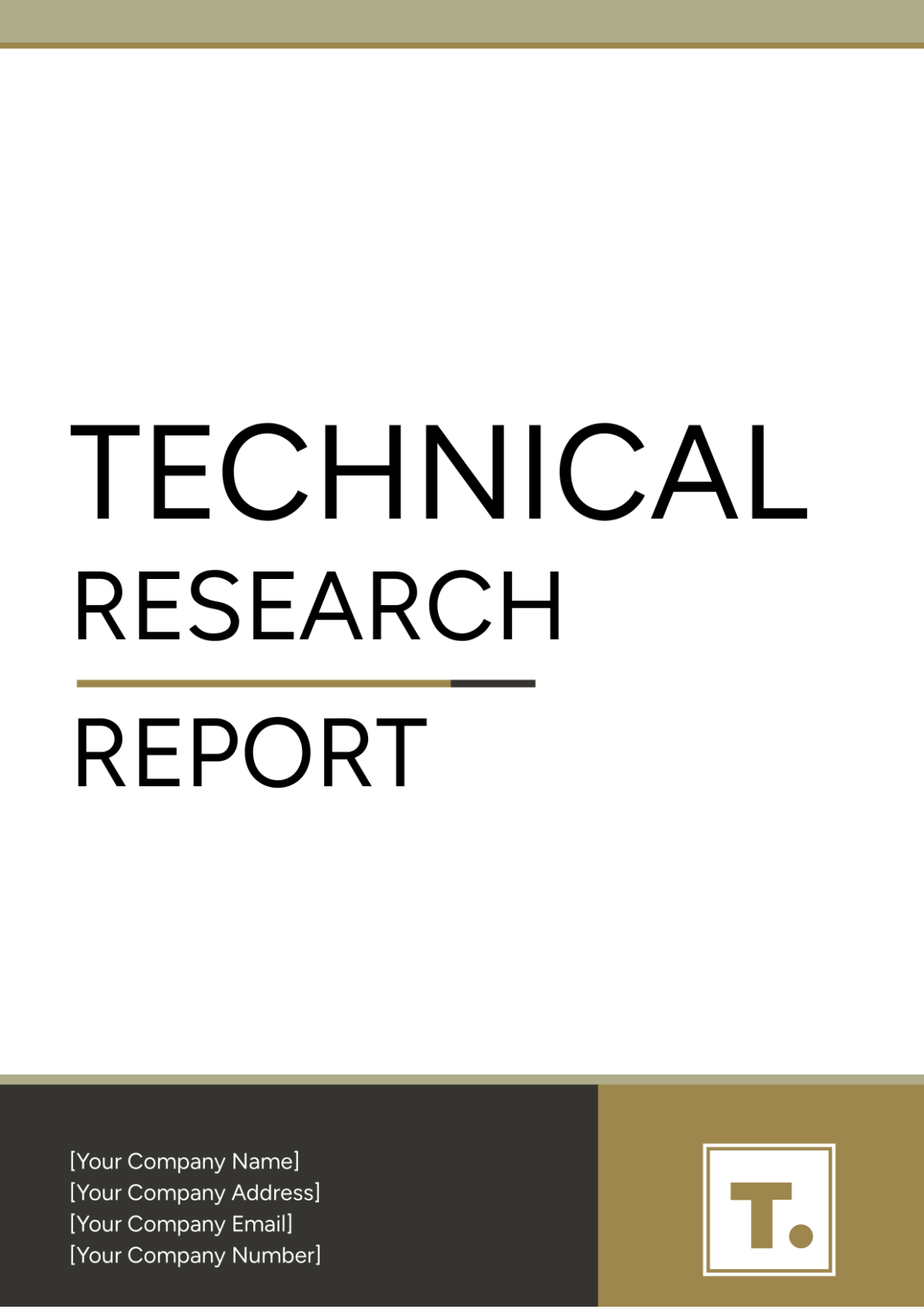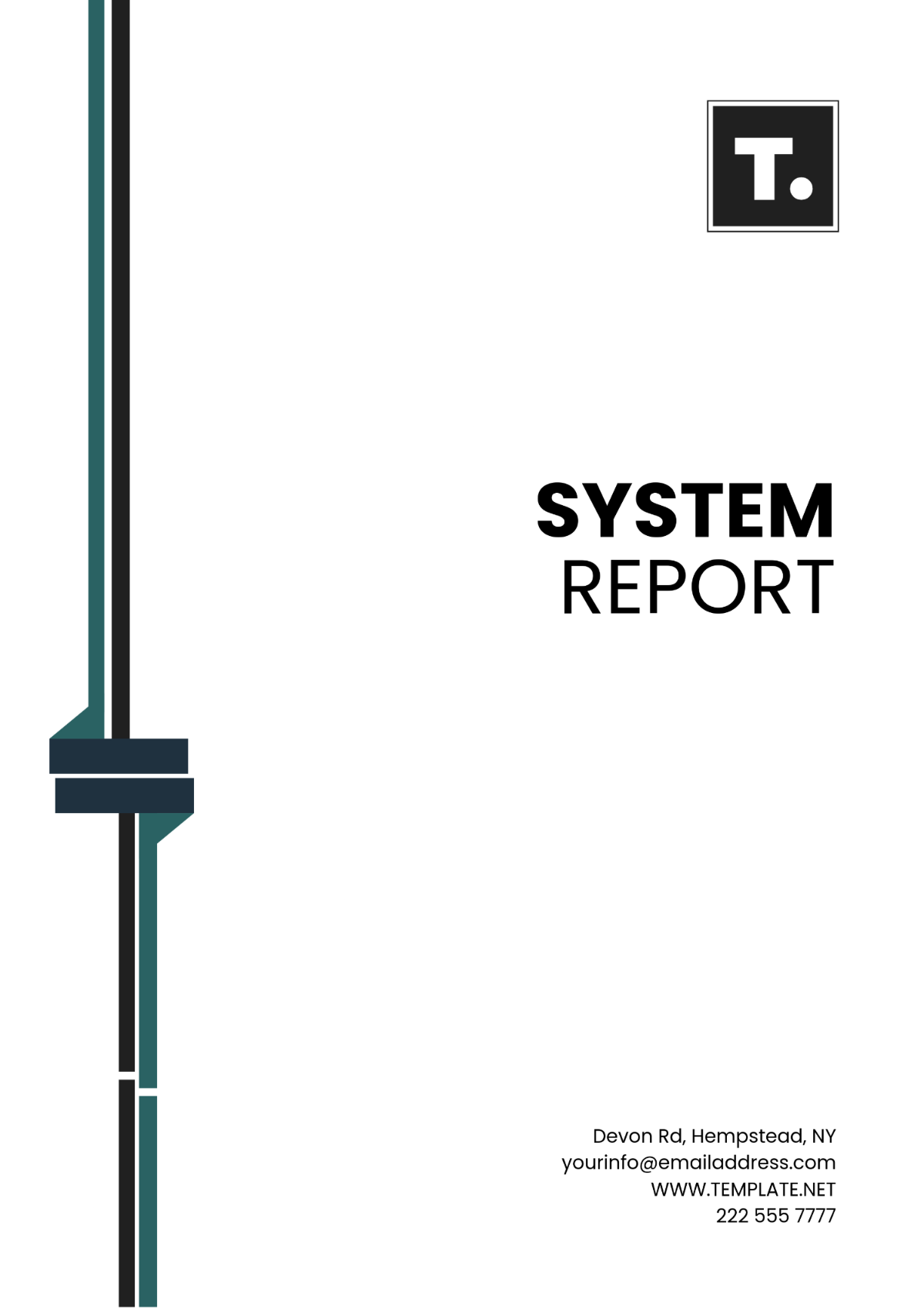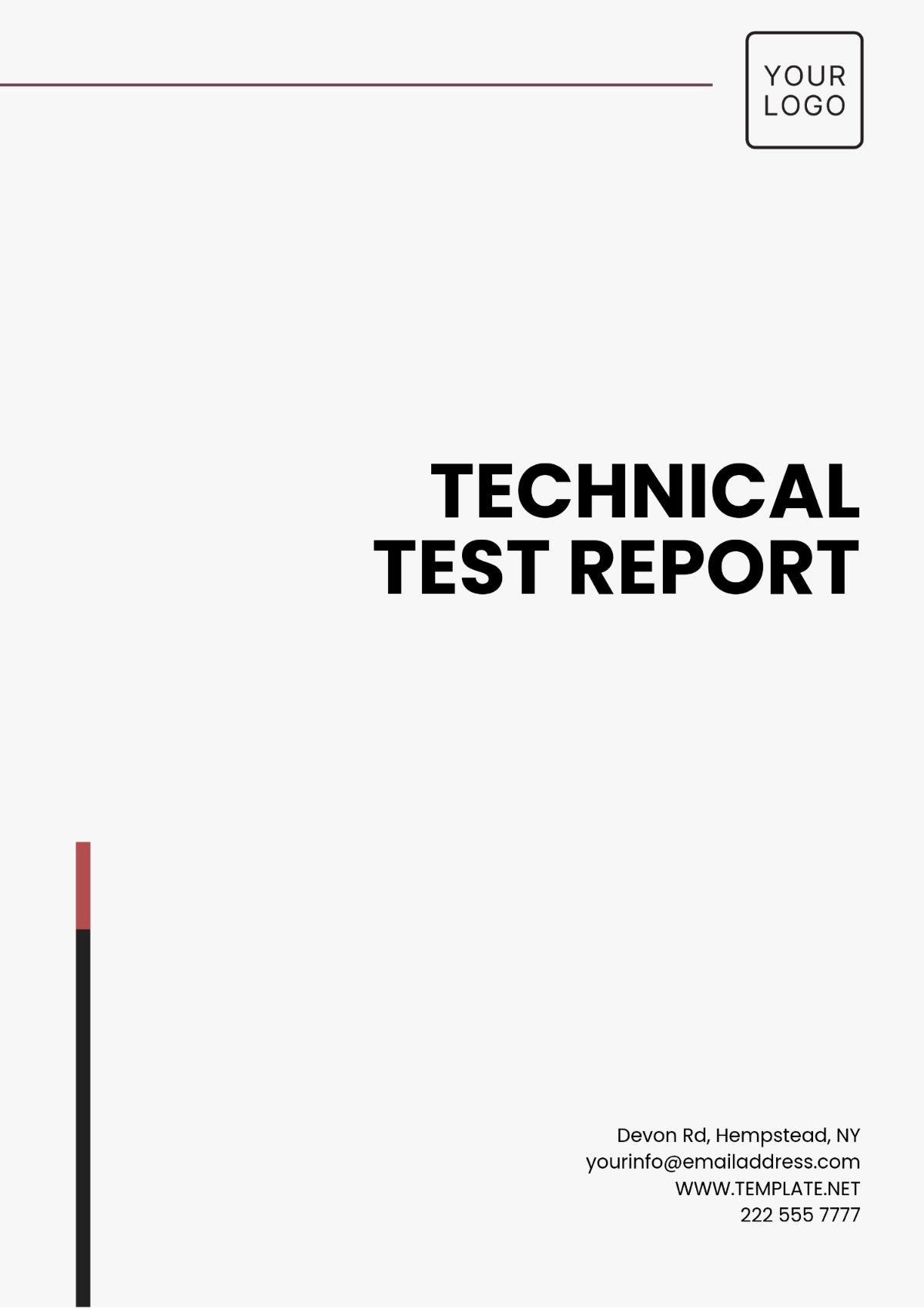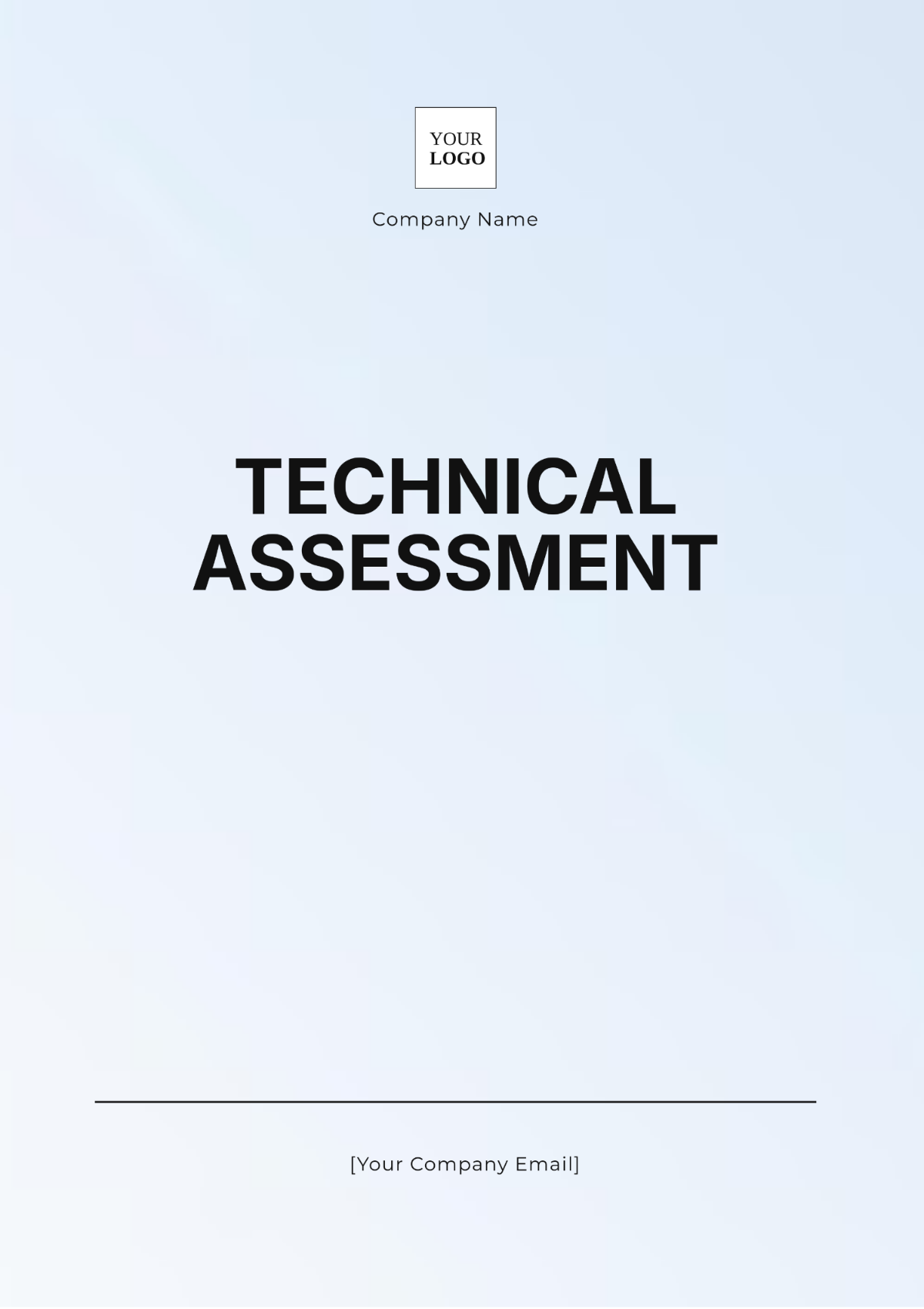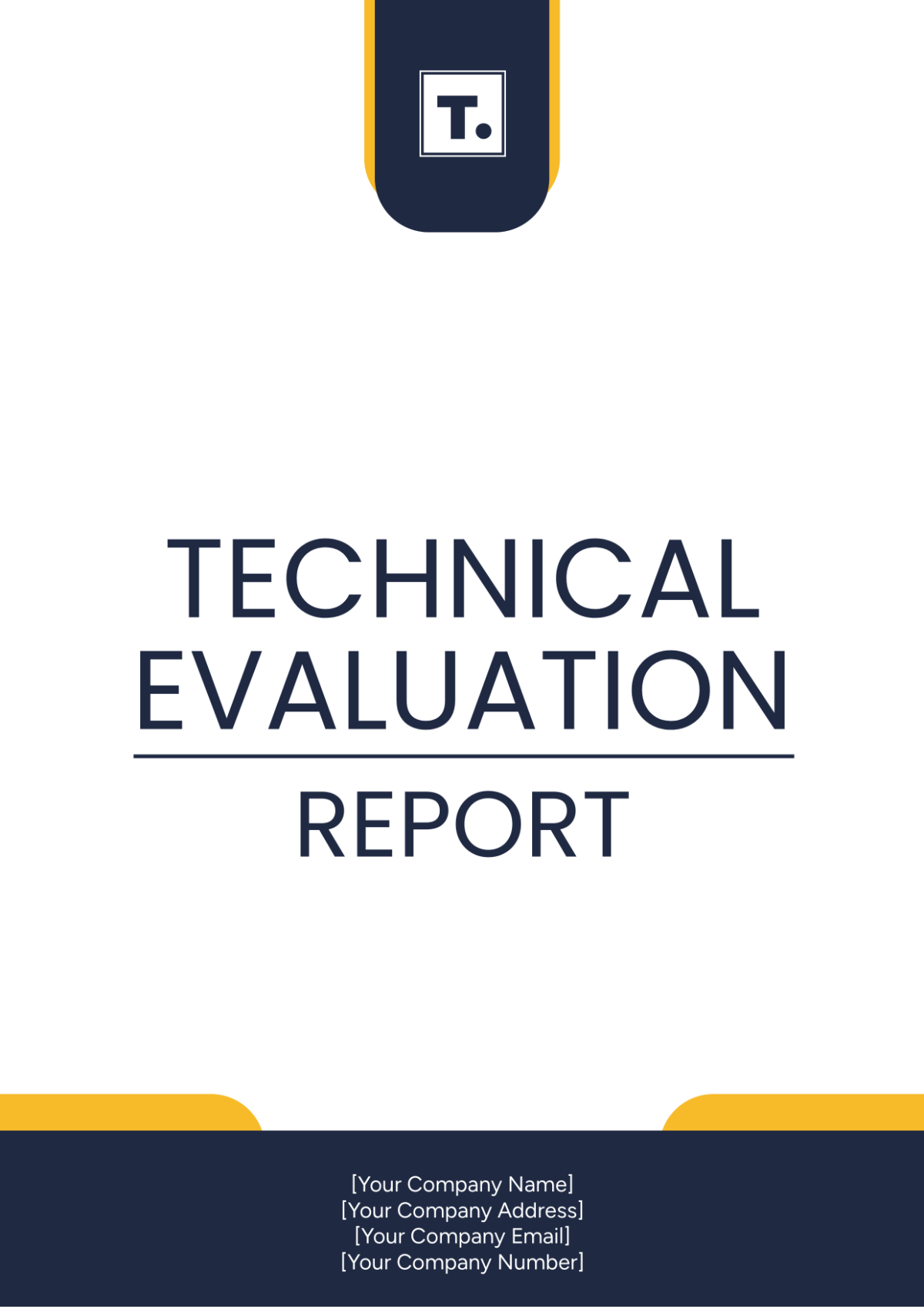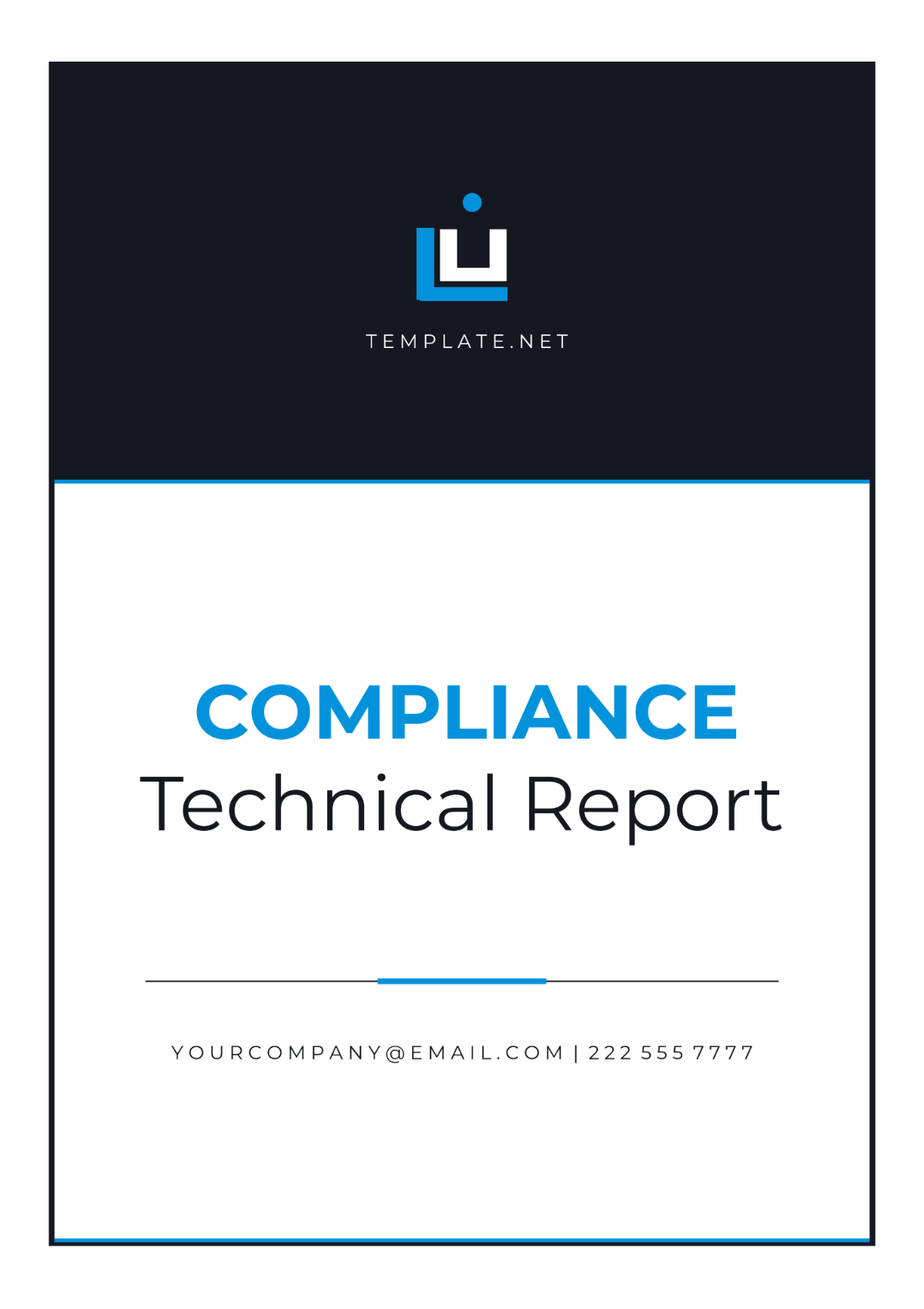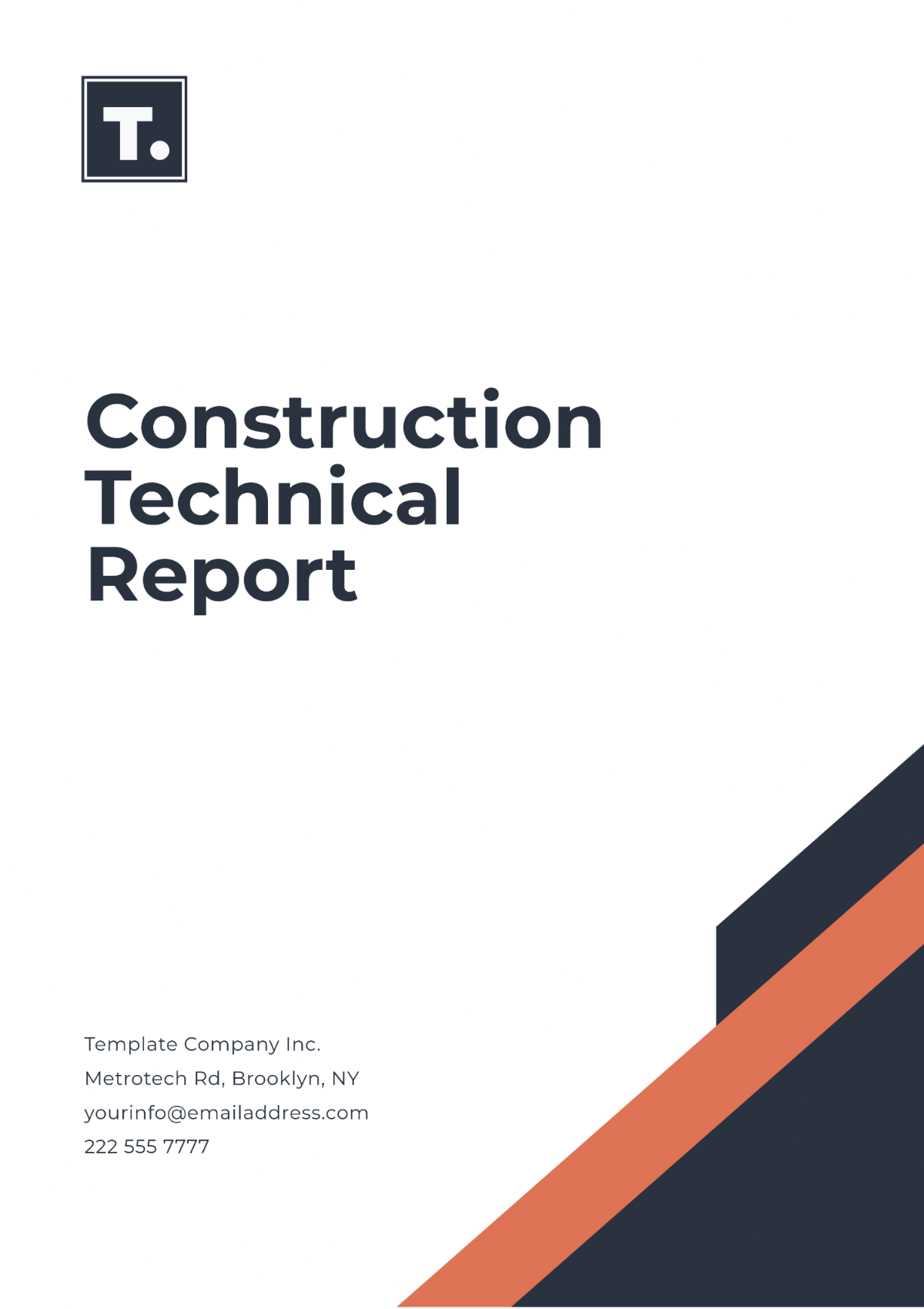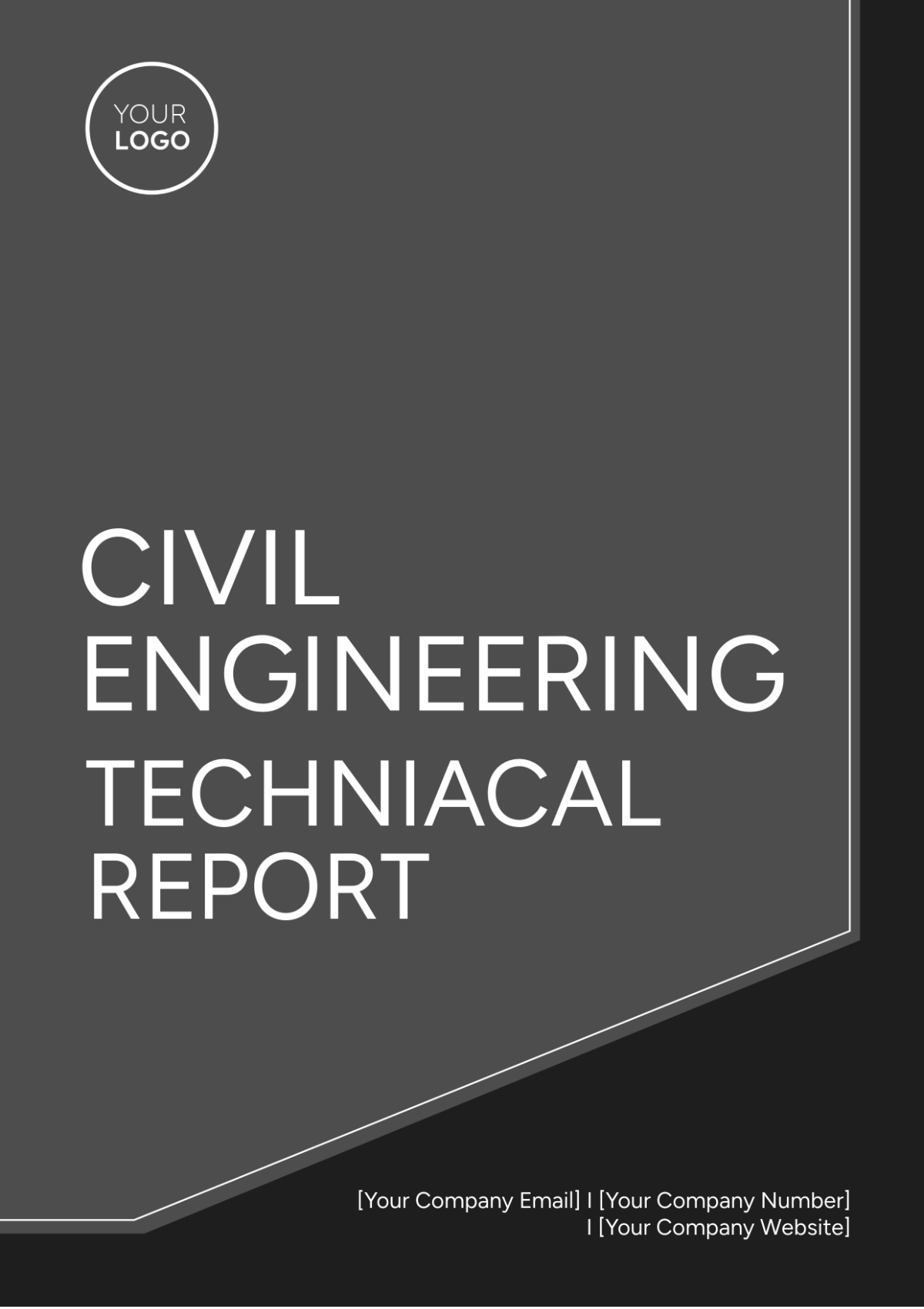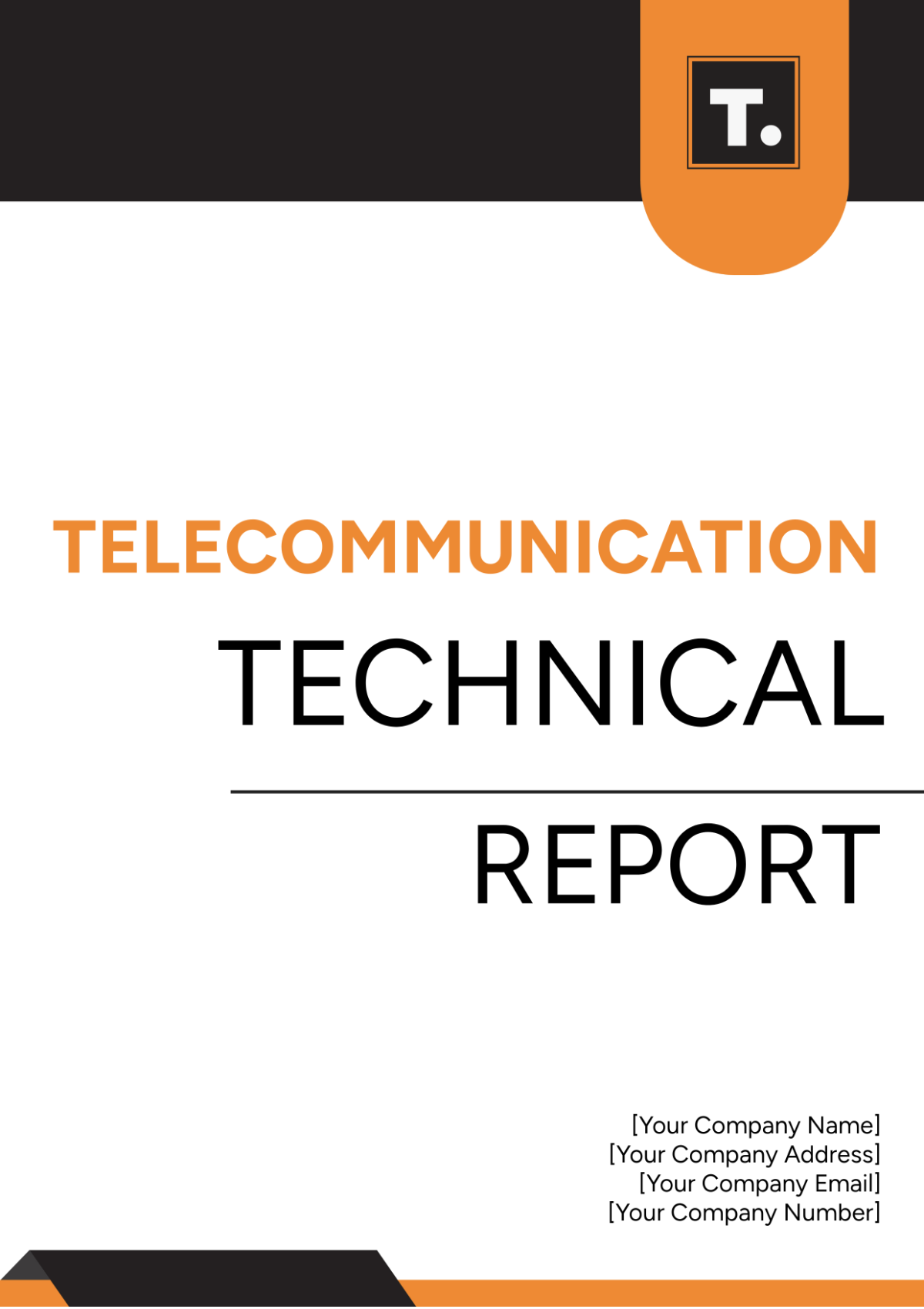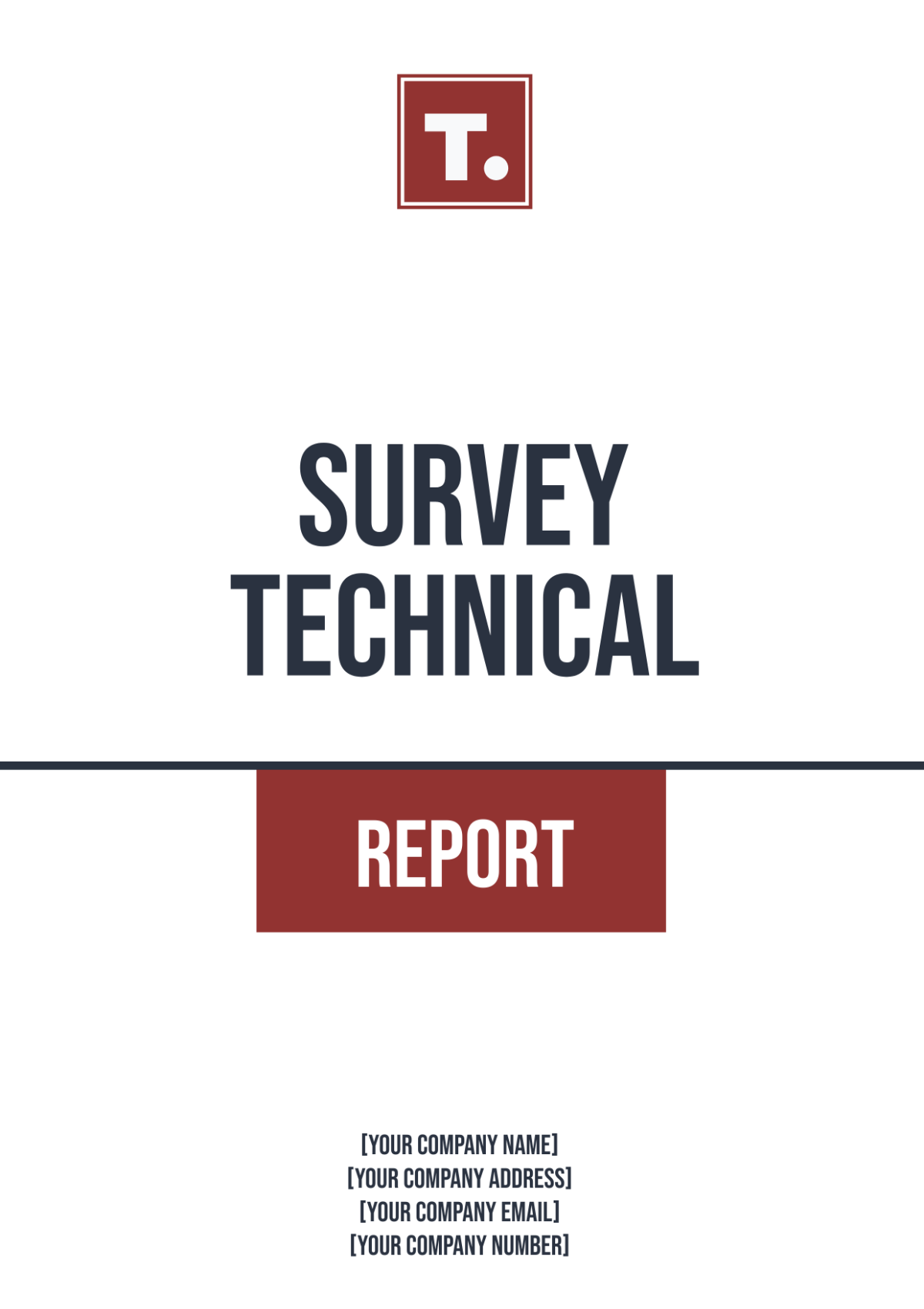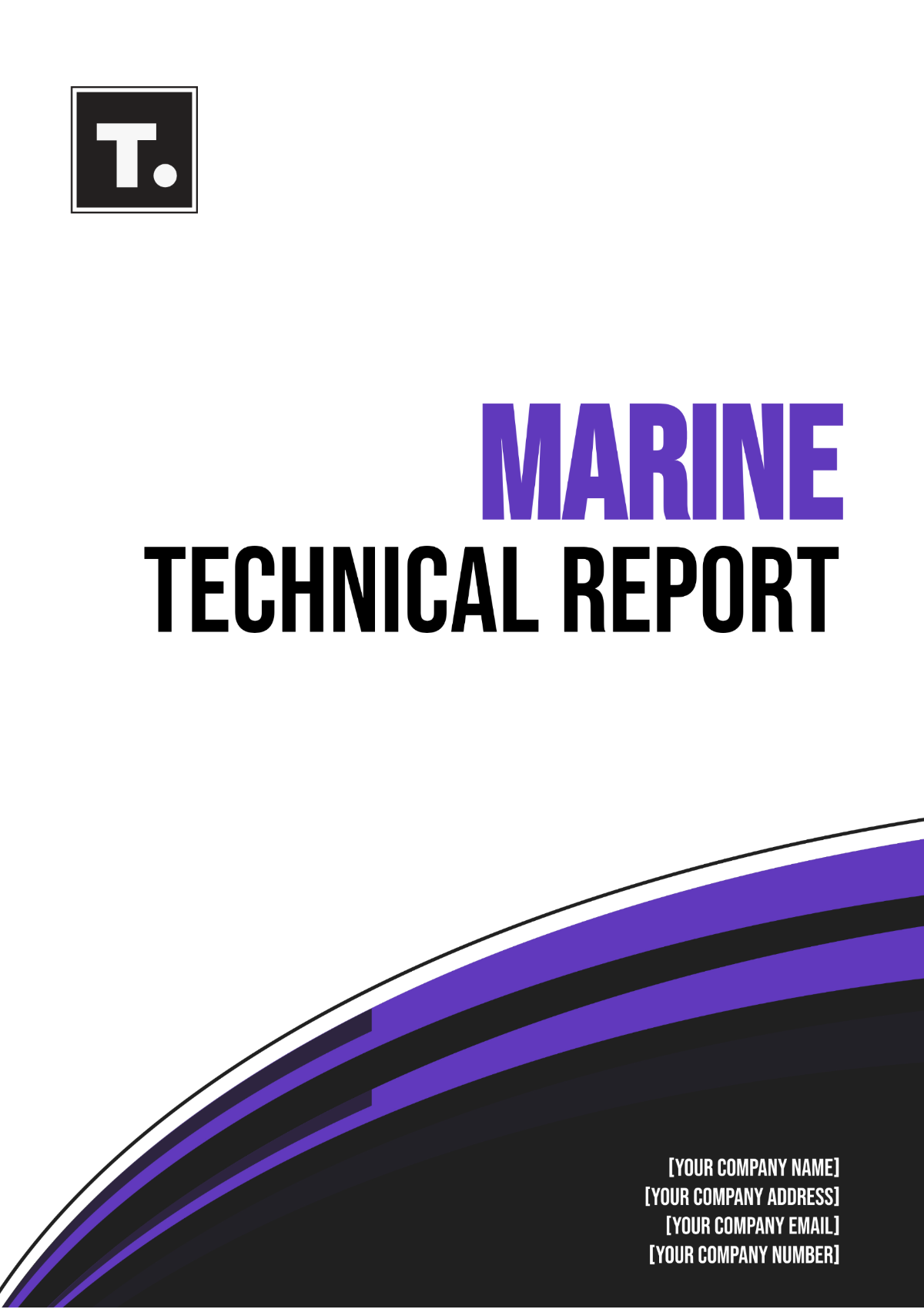Free Mechanical Engineering Lab Report Template
Mechanical Engineering Lab Report
Prepared By: | [Your Name] |
Company: | [Your Company Name] |
I. Title
Investigation of Heat Transfer Dynamics in a Convection Oven
II. Introduction
A. Background
In the realm of thermal systems engineering, optimizing heat transfer processes is crucial for enhancing the performance and efficiency of various thermal devices. Convection ovens, which use forced air to circulate heat, are a prime example where understanding heat transfer mechanisms can lead to improved cooking outcomes and energy efficiency.
B. Objective
The primary objective of this experiment is to investigate the heat transfer mechanisms within a convection oven. By analyzing the impact of airflow velocity and temperature settings on heat distribution, we aim to identify strategies to optimize oven performance and cooking efficiency.
C. Hypothesis
We hypothesize that variations in airflow velocity and temperature settings will significantly affect heat distribution within the oven cavity. Specifically, increased airflow velocity will result in more uniform heat distribution, while temperature adjustments will influence the overall heat levels within the oven.
III. Materials and Methods
A. Materials
Convection oven
Thermocouples
Anemometer
Data logging equipment
Calibration tools
B. Experimental Setup
The experimental setup involved the strategic placement of thermocouples at multiple locations within the oven cavity to measure temperature distribution. An anemometer was used to assess airflow velocity. The oven was tested under various settings to observe the effects on heat distribution.
C. Data Collection
Data was collected by subjecting the convection oven to different combinations of airflow velocities and temperature settings. Temperature readings were taken at regular intervals from each thermocouple, and airflow velocity was measured using the anemometer.
IV. Experimental Procedure
A. Pre-Experiment Preparation
Before initiating the experiment, we calibrated all thermocouples and the anemometer to ensure accurate readings. The convection oven was thoroughly cleaned and checked for any obstructions that could impact airflow.
B. Data Collection
The experiment was conducted by systematically varying the airflow velocities and temperature settings. For each configuration, temperature data was recorded from multiple locations within the oven cavity to evaluate heat distribution patterns.
C. Data Analysis
Post-experiment, the collected data was analyzed to identify temperature distribution trends and correlations with airflow velocity and temperature settings. Statistical methods were used to assess the uniformity of heat distribution and the impact of the experimental variables.
V. Results
Table 1: Temperature Distribution Inside the Convection Oven
Location | Temperature (°C) |
|---|---|
Top Rack | 180 |
Middle Rack | 175 |
Bottom Rack | 170 |
Front | 185 |
Back | 180 |
Center | 175 |
VI. Discussion
A. Temperature Distribution
The results revealed a non-uniform temperature distribution within the oven cavity. Notably, the temperatures were higher at the front and top sections compared to the middle and bottom racks. This suggests that the heat distribution is influenced by the placement within the oven.
B. Effect of Airflow Velocity
Increased airflow velocity was associated with a more even temperature distribution. Higher velocities helped to minimize temperature gradients and improved the uniformity of heat distribution, particularly benefiting the middle and bottom sections of the oven.
C. Impact of Temperature
Temperature settings had a significant impact on the overall heat levels within the oven. Higher temperatures accelerated the heating process, demonstrating the importance of precise temperature control for effective cooking and energy efficiency.
VII. Conclusion
This experiment has provided valuable insights into the heat transfer dynamics of convection ovens. The findings underscore the importance of both airflow velocity and temperature settings in achieving uniform heat distribution. To further enhance oven performance, continued investigation and optimization are recommended. Future studies could explore additional variables such as humidity and oven load to refine our understanding of thermal dynamics in convection ovens.
